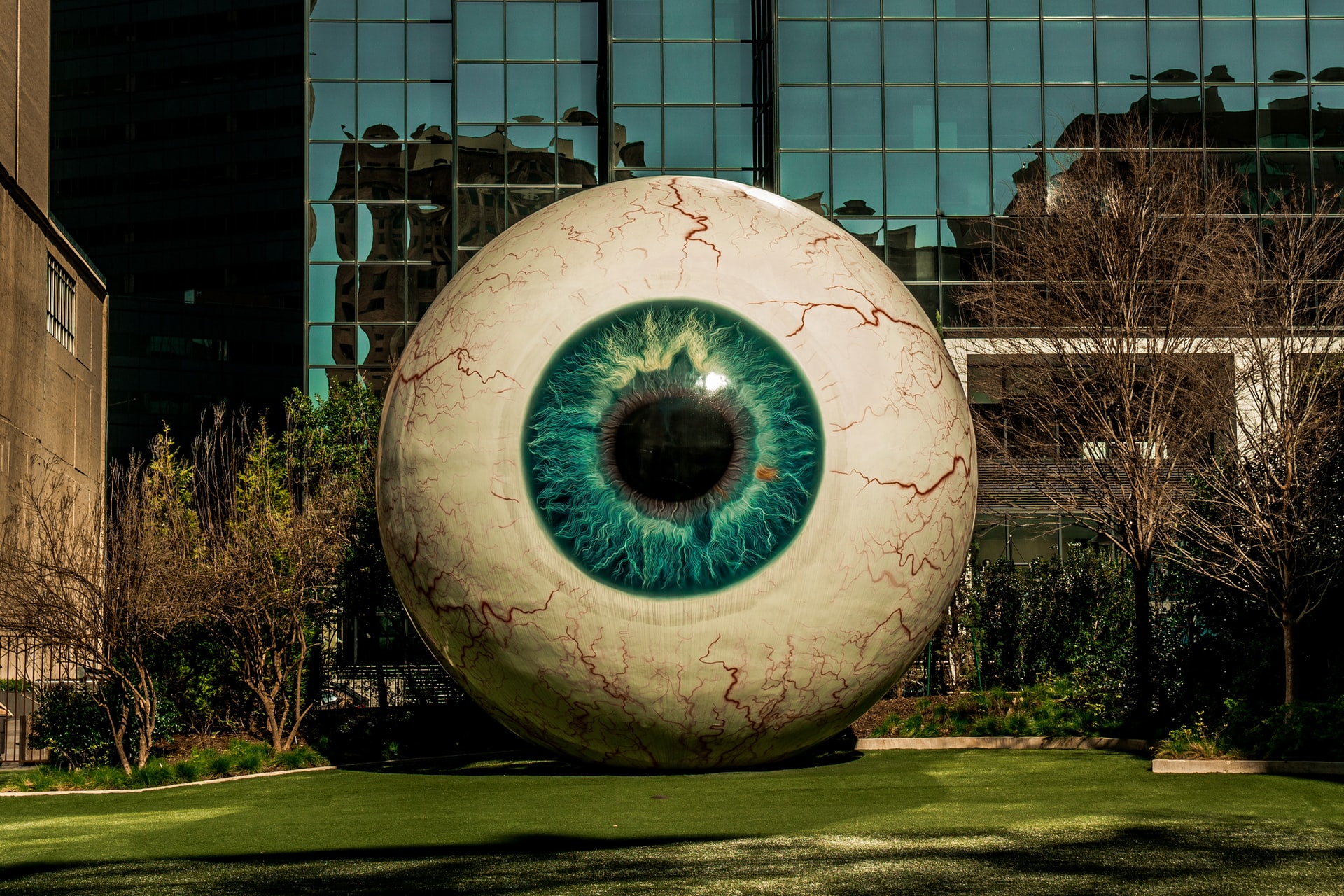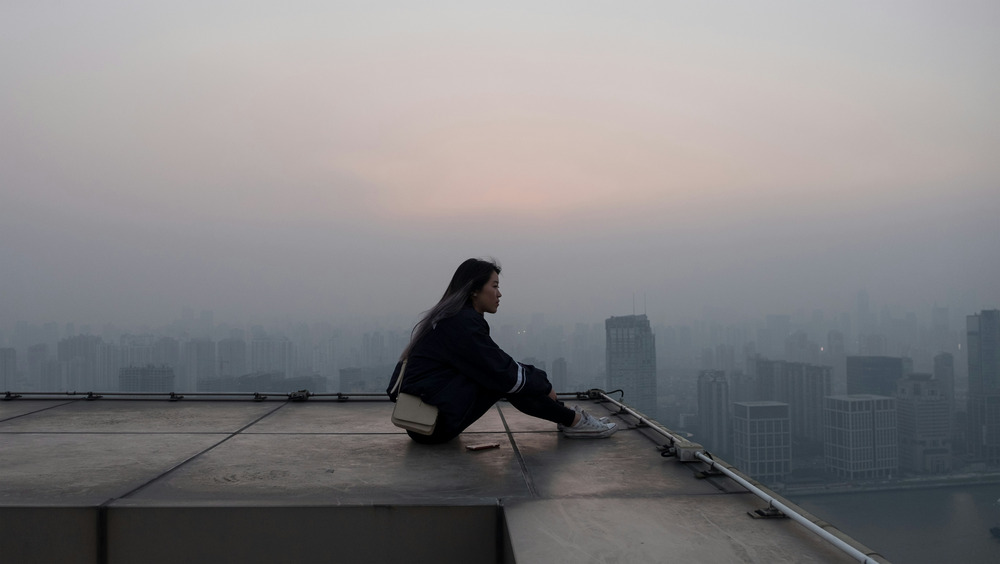Craft
I Reject the Imaginary White Man Judging My Work
How I'm turning to Black writers as inspiration for resisting white expectations

It felt like someone was standing over my shoulder. The presence was palpable, so much so that I physically kept turning around even though I knew I’d find no one standing there. When I turned back to my laptop to finish the personal essay I’d been working on for about two months, the sinking feeling that someone was watching and judging me returned. That voice in my head repeated the questions I kept trying to push back: “What will they think?” “Will it sell and to whom?” “Will these words activate the Defcon level of racist trolldom I’ve seen other writers endure?”
These inquiries felt detached from my personal intentions and yet they still pummeled me. They were integrated somehow into my being, even as they unraveled me emotionally. They distracted me from the questions that should have been most important at the time: “What did I really want to say in this essay?” “How will I best show confrontation in my story?” “What does dignity look like when disrespect has been enacted against it? And why is dignity necessary in this particular telling?” “What is dignity anyway?” Inevitably, as one can see here, questions like these lead me outside myself. Who defines what it means to be dignified in American culture? How has dignity and respectability been defined for Black folks and how should that show up in our art? These questions take me outside of my lived experiences as a Black woman raised in the South and living on the East Coast; a mother wrestling with all the things moms do; a person with a story to tell that might be more unique than universal. They lead me into the realm of perception and how said perceptions potentially affect the way I tell my story and where it will ultimately be read. They lead me to the white gaze.
These questions take me outside of my lived experiences as a Black woman. They lead me to the white gaze.
Toni Morrison once said, “What I’m interested in is writing without the gaze, without the white gaze. … In so many earlier books by African-American writers, particularly the men, I felt that they were not writing to me. But what interested me was the African-American experience throughout whichever time I spoke of.” What I gather from the godmother of literature is that it doesn’t only matter that I’m a Black woman telling my story. What matters is the lens through which I’m telling it. And sometimes, many times, that lens, if we’re not careful, can be tainted by the ever-present consciousness of Whiteness as the default. Whiteness as gatekeeper. Whiteness as the dominant narrative even in stories where all the players are Black. Thankfully, in the last five to ten years or so, there have been writers, particularly in non-fiction and memoir, who have walked with pure swag and intention through the door that Mother Morrison kicked down.
Regina Bradley, assistant professor of English and African Diaspora Studies at Kennesaw State University and author of the forthcoming book Chronicling Stankonia: the Rise of the Hip Hop South, recently challenged the threads of white supremacy—which ultimately fuels the white gaze—in Southern literature. “In particular, the southern literary canon is a monument of white supremacy,” she wrote in a Facebook post (which I’ve reproduced with permission). “People get huffy and in their feelings when you de-center white people [when] talking about the south. Cut and dry, the canon represents what is considered the ‘best of’ for a particular historical moment that is documented in literature and culture. Usually this documentation is heralded as white, male, conservative. It [also] tokenizes people who ain’t white, male, or conservative.” She goes on to dismiss this presentation of Southern literature as authentic, especially the canon’s interpretation of Black southern characters and writing:
When I study southern Black writers, I keep “southern blackness ain’t a monolith” and “white folks ain’t needed to understand southern blackness” at the front of my mind. I write about Jesmyn Ward [author of the memoir Men We Reaped] and Kiese Laymon [author of Heavy: An American Memoir] in my book. I use southern Black lit and culture to understand what they are trying to do. It’s a pushback against trying to push them out of the Black South into the comforts of a white imagination. I address the Faulkner parallels because they’re both from Mississippi but point out that they subvert Faulkner’s Yoknapatawpha trope (Laymon’s Melahatchie County and Ward’s Bois Sauvage) to center southern Black people. White folks on the fringes. That’s real. In their work, southern Black folks are complicated, broke, and far from flat. They let the messy and the ugly shine through with the tenderness and humor and communities they inhabit. What southern white writer do you know that can create messy, janky, and humane black characters?
I know the answer to that. There are none. Because while white writers can certainly access messy and potentially janky, the white supremacy that shows up even in their most progressive and well-intentioned attempts always seems to leave the humanity out.
Black writers who have been able to successfully disconnect themselves from the white gaze seem to do so with extreme intentionality. Rebecca Carroll—cultural critic, host of WNYC Studios’ podcast Come Through with Rebecca Carroll: 15 Essential Conversations about Race in a Pivotal Year for America and author of the forthcoming memoir Surviving the White Gaze—chose to “divest from the white gaze” in telling the story of forging her identity as a Black woman in light of a completely white childhood. “[I wanted to] unpeel the layer of definition it painted on me as a child and then all the way through my childhood,” Carroll told me in an interview. “And that definition was multifaceted. It was about beauty standards and language and anti-Blackness and erasure—so I had already begun to disengage from that voice and disempower that gaze when I started writing the book. And that I think is a process that is very personal. There’s no one way to do it, because how to disarm it has so much to do with its original hold on you.”
The white gaze looms for Black writers who want to be published in the mainstream, because overwhelmingly, white people still hold the keys to the kingdom.
For me, the original hold of the white gaze is very much connected to the trauma response of “I am not enough.” Because of how I processed early childhood experiences, I’d long become invested in this idea that I had to be three times better, stronger, and more persistent than anyone else in order to be generally seen and loved and recognized as talented. Triple all of that if I wanted the perception of me to be equal to the way white people are perceived—white people who may or may not even have the same level of tenacity or talent as I did. This has never been more evident than when I entered the publishing industry as a writer and editor. The white gaze looms for Black writers who want to be published in the mainstream, because overwhelmingly, white people still hold the keys to the kingdom. The recent uproar over #publishingpaidme is a prime example of the extreme disparities that exist in the industry despite Black writers proving their worth and work a hundred times over.
Carroll makes it very clear that the white gaze is still pervasive in the publishing industry, even now, in a time when the business has gone near-acrobatic in trying to contort itself as Black lives-affirming by publishing any and every Black voice possible. Even as I personally choose to leverage this access, I can’t help but be somewhat skeptical of it. Carroll affirms that skepticism:
It’s everywhere in marketing and jacket copy—all the Black characters are described as Black, and the white characters are just people. Because, of course, the default is always white. Insofar as interest in Black stories in publishing…amid this so-called “racial reckoning”—I will say that it’s not a reckoning if there isn’t long-term accountability and transparency around the evolution of thinking. So if you’re super hype for my Black folks’ lives and stories right now because people are protesting, you’re going to need to be very clear about why you weren’t interested six months ago. And also be really honest about where you think you’ll be with that energy in six months from now. It’s not just about making permanent change, it’s about finding the language of accountability.
The good thing is, memoirs like Heavy by Kiese Laymon, The Cooking Gene by Michael Twitty, and More Than Enough by Elaine Welteroth—all very different stylistically—seem to have been able to eschew the white gaze while still finding acclaim within the “system” of publishing. Maybe there is a glimmer of hope? I’m not sure. I often wonder what it means that we (the collective “we”) are so desperate for the validation of the mainstream. But then I remember that, for some, it has less to do with validation and everything to do with access and resources. I’ve published both traditionally and independently. The latter gave me freedom, the former gave me access. I could never deny how intertwined these two things are. I would never deny that I want both.
If we choose to not write about race or social issues related to race, are our stories just as viable? They should be.
Nevertheless, if we are solely considering the work, it’s evident that we are seeing more writers free themselves from the gaze. Take Laymon’s Heavy, for instance. He writes: “My body knew things my mouth and my mind couldn’t, or maybe wouldn’t, express. It knew that all over my neighborhood, boys were trained to harm girls in ways girls could never harm boys, straight kids were trained to harm queer kids in ways queer kids could never harm straight kids, men were trained to harm women in ways women could never harm men, parents were trained to harm children in ways children would never harm parents, babysitters were trained to harm kids in ways kids could never harm babysitters. My body knew white folk were trained to harm us in ways we could never harm them.” Laymon doesn’t try to hide from the intersectional nature of violence. He clearly delineates the perpetrator and victim at every intersection—gender, race, sex, age. It’s all there, without apology.
One of the ways that Black storytelling is often subverted by the white gaze is the insistence on defined categories for our work. If we choose to not write about race or social issues related to race, are our stories just as viable? They should be. A few years ago, I wrote an article for The Guardian about the complexities of writing and race within the publishing industry. I stated that too often it’s believed that “good” writing by black authors is birthed from oppression; that marginalization is viewed as a key marker for black literature. Sadly, this implies that there is some mandatory link between the sociological or political status of Black people and the authenticity of the stories that come out of that experience. Today, in the wake of the uprisings around the murder of George Floyd and Breonna Taylor, the New York Times best sellers list is filled with books about race, racial justice, etc. And rightfully so. But I suppose I wonder if the white gaze subverts the breadth and depth of other stories by Black writers.
Any time a writer takes the courageous step to tell a story, it’s a revolutionary act. It’s an act of exposure.
Any time a writer takes the courageous step to tell a story (fiction or nonfiction), it’s a revolutionary act. It’s an act of exposure. For Black writers, this is especially true. If we consider revolution to be about overhauling a culture or society or overturning the systems that hinder a culture or society from working at its best and most humane…then who does that better than the scribes who feel led to chronicle our stories? Writers have the capacity to expose the nuances and complexities of a culture and its people—good and bad—and shift how that group is seen, and maybe more significantly, how that group sees itself.
The challenge is when that capacity becomes a clearly defined box that hinders the telling of stories outside of what white folks in publishing deem “Black enough” and therefore sellable.
The elders in my family certainly were storytellers. I grew up in Louisville, Kentucky. I used to sit and watch my aunts and uncles play Spades or Pokeno and tell the tallest of tales. My nanny (great-grandmother) used to talk about growing up in Alabama, and every time she’d tell the story, a little bit of it would change. This gave me an incentive to listen. I suppose she could have explained the economic disparities that led to having no shoes or having to leave school to work the fields. I’m not sure I would have been moved by that as much. It was her joy and pain and carefully crafted avoidance of “foolishness” that made her stories real to me.
There has always seemed to be a desire by some Black writers to tell the stories that exist outside of or in tandem with our social positions. Stories where the narrative is less about commenting on political or social challenges directly—as the white gaze often expects us to do—and more about illuminating our humanity within these white supremacist power structures and institutions. To tell an “ordinary” story about the joy I felt as a little Black girl doing cartwheels in a park is, maybe sadly, revolutionary. To tell a story about being a Black man who falls in love and loses said love and then falls in love again—and to tell it with no agenda, with no apparent consciousness of the “white gaze,” with no firm commitment to the pathologies of the hour—is necessary.
To tell an ‘ordinary’ story about the joy I felt as a little Black girl doing cartwheels in a park is, maybe sadly, revolutionary.
Breaking news: Black people have families and jobs and romantic interests and hobbies and challenges and yes, we have all of this within systems not designed for us, and yet we exist. We live and love and die. Those institutions and structures don’t HAVE to be in the forefront of the stories we tell and it’s also okay when they are. The question is more about who is driving the agenda of which stories get told.
Unfortunately, most Black writers who aspire to do this for a living must contend with is reconciling the work we want to do with the ways in which it’s received. This raises the question of whether we can ever truly be rid of the white gaze. Black stories and literature will always be critiqued through the lens of wherever Black people exist in society in that moment.
So as I continue to write my essay, fully cognizant of the white man standing over my shoulder and the white supremacy and patriarchy that looms ever present in this business, attempting to distract me from my story with tainted whispers of “what if no one loves it?” and “maybe that’s a wee too Black,” I choose to, in the vein of Laymon and Carroll and others, banish him to the void where he belongs. If I’m honest, it’s hard to not tie my worth to these stories I tell. But if I’m going to do that, they might as well be fully and wholly my stories, told the way I would tell them, for people who will get it. Gaze be damned.








